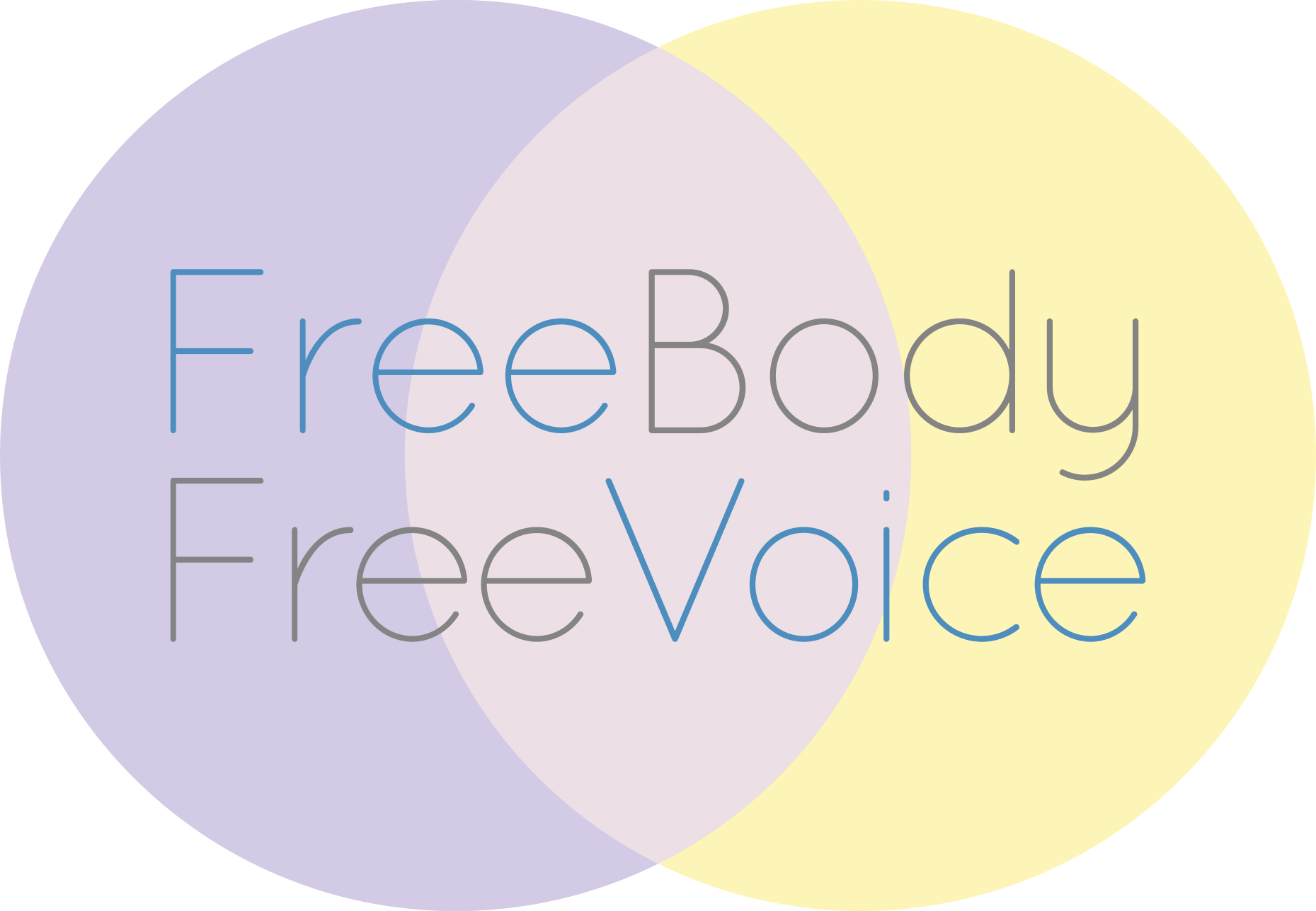Interweaving influences: inventing a new teaching form
I’m a zealous explorer. My students and colleagues know me as someone who is always experimenting with a new idea I’ve encountered in a class, a book, a video, a conversation, or, quite often, in one of my own explorations. I’m lucky to have a group of similarly disposed friends (and an explorative spouse) and we are constantly cross-pollinating our lives by sharing resources we find stimulating.
In this way I have invited many influences in for trying on and trying out. Some of these ideas provided a brief period of inspiration and interest and then fell away as I moved on to ideas that fit my life better. I stopped taking the Ayurvedic supplements that were stressing my liver. I have optimistically obtained and then discarded countless contraptions designed to make sitting in a chair more comfortable. I never distributed even a single one of the business cards I had made up to promote my not-well-thought-out dog-training business.
A large number of influences, though, have integrated themselves into my life and my work so that I can not imagine existing without them. A few of these ignited such a passion in me that I entered into an intensive training process leading to the ability to teach or treat others: Alexander Technique, Cornelius Reid’s vocal pedagogy, osteopathic bodywork (Craniosacral Therapy and several related modalities).
But a far greater number of influences I have taken on primarily for my own benefit. I have received instruction in many of these, but not training on becoming a practitioner myself. I’ll list a few of the activities that I have spent hundreds or even thousands of hours exploring with a coach/teacher/guide or on my own:
the German language
Pilates
working out with weights
piano and clarinet playing
Indian cookery, nutrition
minimal footwear
natural movement
acting, poetry
dog training & obedience
Buteyko breathing
If you had an interest in any of these areas, I believe I could offer some useful guidance based on the deep dives I’ve taken into each, lasting years or even decades. But I would not feel comfortable hanging out a shingle as a professional instructor or coach of any of these. (Even if I occasionally get over-confident and have business cards made up. Vistaprint, you are a temptress!)
But I do often feel inspired in my professional practice as a voice/body/breath specialist to include knowledge and experience from my rich exploring life, knowing that it will be grounded in systems in which I have been trained/certified. Especially the Alexander Technique offers a foundation for transmitting information that has inherent checks and balances to make sure that I never overstep my purview even when including non-Alexander influences. If I am keeping an eye on my student’s and my own mind-body coordination, I can’t go wrong. (Alexander’s contemporaries, including John Dewey, recognized that the AT was a kind of meta-educational system that ought to precede and be included in any particular educational process.)
One of my most recent areas of interest has been meditation. I had resisted meditating for many years, but lately, it arose so powerfully out of a number of other influences—AT, Buteyko, Ayurveda, non-duality, and my colleague Peter Jacobson, whose recommendations I have come to trust implicitly) that I was inspired to give it another try. This time, it stuck. I’ve been meditating daily for almost a year now.
Many aspects of meditation are familiar to me from other realms I’ve explored. The central principle of the Alexander Technique is mindfulness. I’ve paid attention to my breath in the contexts of AT, singing, yoga, and Buteyko. Chanting, stillness, sitting, contemplation: all these are old friends I’m now encountering in a new practice.
Because I have so much familiarity with so many aspects of the form of meditation, I have felt comfortable inventing teaching techniques that borrow from its vocabulary of postures and attitudes. I don’t teach meditation, but I have been guiding meditative breathing sessions that put my expertise into a new setting. An Alexander class can easily be built around the activity of sitting quietly and paying attention to the breath!
By the time you read this, I may have incorporated yet a new area of human knowledge into my unceasing explorations. But I’m reasonably certain I will still be engrossed in my daily meditation practice. Who knows, I may eventually even embark on a training to become a certified meditation instructor. This one feels like a keeper.

